Traps are widely used in water supply systems. Different types of traps are used in the plumbing system.
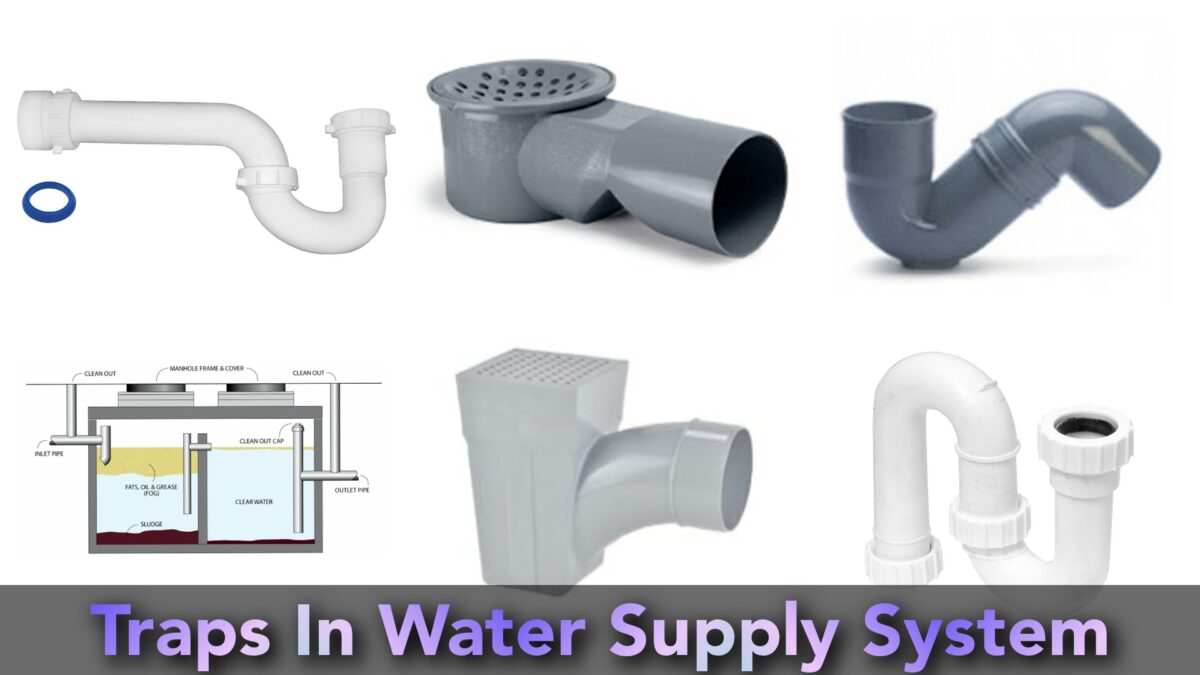
Table of Contents
What Is Trap?
Trap is a plumbing device that is used to prevent waste material or gases in a pipeline.
Traps are also used to prevent bacteria, smell, and insects from entering your houses.
you can see traps in your toilet and bathroom. It protects the environment from harmful gases and pollutants.
Types Of Traps In Water Supply System
Various types of traps are as follows.
- Floor trap/ Nahni trap
- P trap
- Q trap
- S trap
- Gully trap
- Intercepting trap
- Grease trap
- Bottle trap
- Drum trap
- Running trap
- Bell trap
- Building trap
Now we will discuss these types of traps in detail.
1. Floor trap/ Nahni trap
The floor trap is also known as the Nahni trap. Both nahni and floor trap have the same function. It is used to collect wastewater from the bathroom, sink, shower, washbasin, etc. Normally it is made of CPVC or Steel but the quality of the steel floor trap is superior. The steel floor trap is long-lasting.
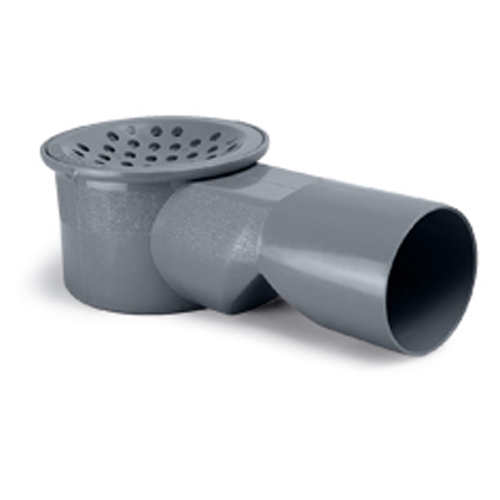
2. P trap
P trap looks like English letter P. This type of trap is made of cast iron or UPVC. The P-type trap has a water seal and stops the entry of foul gases into the house.

3. Q trap
Q trap normally used in latrine submerged storage room. It looks like a Q word of English, that is why it is known as Q trap. It is being used in the upper story other than the ground floor.

4. S trap
S trap is very similar to P trap. The only difference is that the P trap is used for an outlet through the wall, whereas S-trap is used for an outlet through the floor.
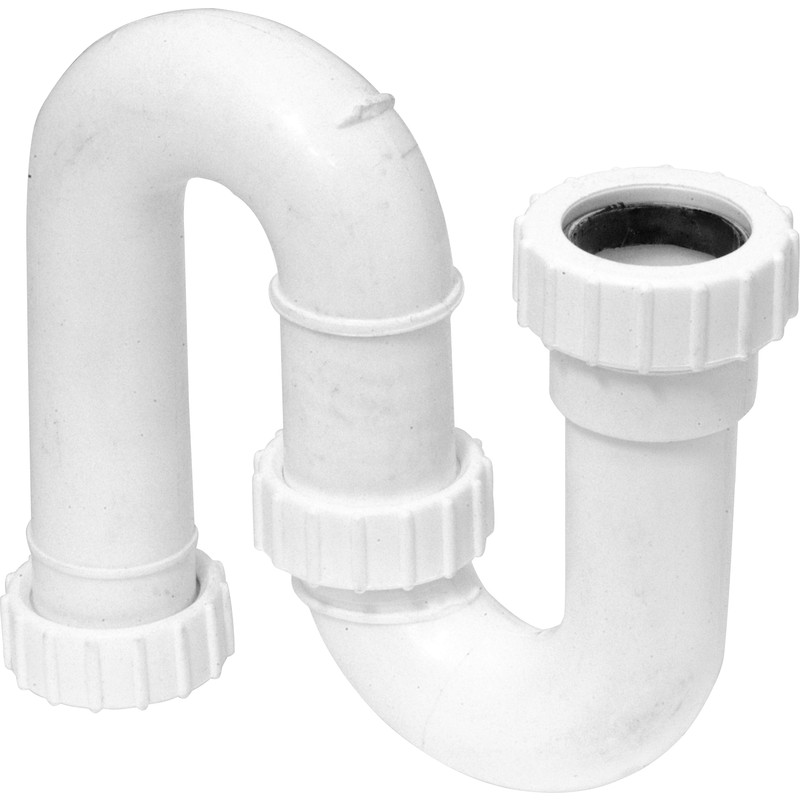
5. Gully trap
A Gully trap is used to collect wastewater from the kitchen sink, washbasins, bath, and wash area. It is installed outside the building. It filtered out waste from the water before connecting it to the external sewerage line.
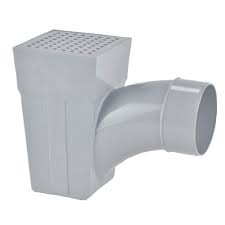
6. Intercepting trap
Intercepting trap is a very useful trap. It is used to intercept the foul gases from public sewers entering into the building sewer by providing a water seal. This type of trap is designed with a deep water seal of 100 mm, these traps are installed at the last manhole of building sewerage.
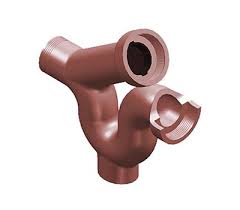
7. Grease trap
Grease traps are normally used in commercial food places such as hotels, restaurants,s, etc. This trape is used to collect grease from wastewater. The grease trap is very easy to clean these traps from the surface.

8. Bottle trap
In this type of trap, the waste pipe is fitted horizontally, and you need to unscrew the bottom to clean it. Ideal to be installed in limited spaces, the bottle traps are widely utilized at pedestal-mounted sinks and basins to trap foul gasses.
In this sort of trap, the waste line is fitted on a level plane, and you really need to unscrew the base to clean it. Ideal to be introduced in restricted spaces, the container traps are broadly used at platform-mounted sinks and bowls to trap foul gasses.

9. Drum trap
This type of trap seems like a drum. This type of trap is very useful for home plumbing systems due to their large openings permit you to more easily locate and remove objects you need either to retrieve or to remove from the plumbing system.
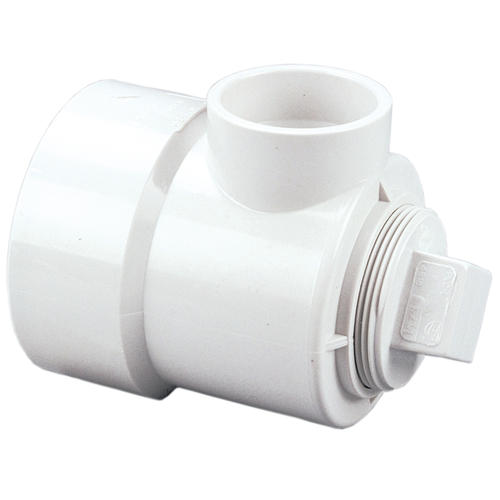
10. Running trap
You may see these utilized in open latrines where one running snare is utilized for a scope of untrapped washbasins. On homegrown establishments, it very well may be utilized where a P or S trap game plan is absurd.
Running snares are once in a while utilized with a clothes washer squander outlet or for dishwashers, in spite of the fact that expert snares are accessible for these apparatuses.
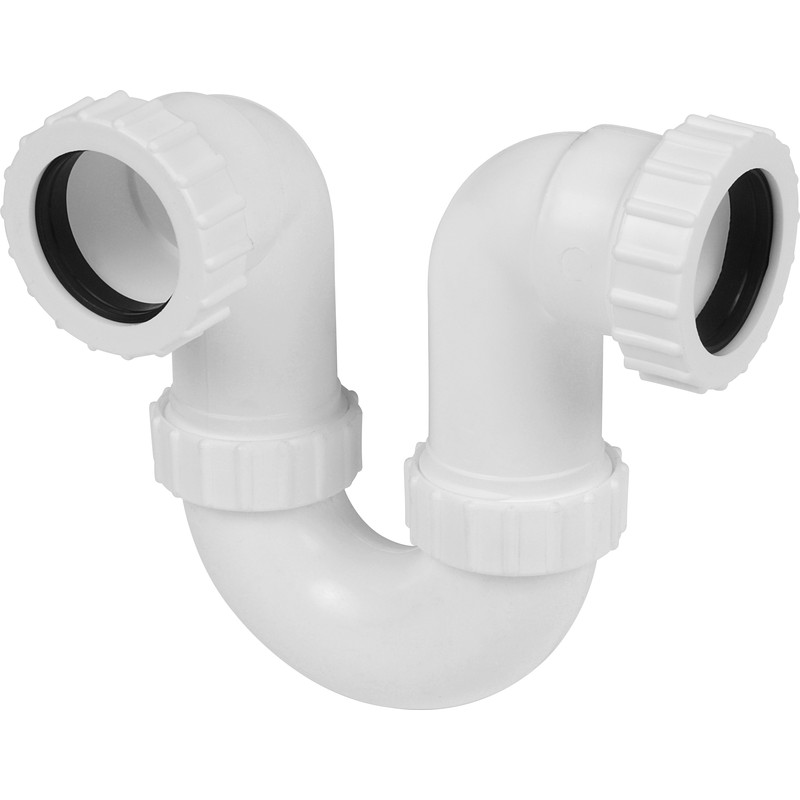
11. Bell trap
Bell Trap Drain is intended for use in the garage, porch, or other open-air use. The water channels into a well in the channel unit that fills in as a trap to contain sewer gas. The sifter snaps onto the channel body. 1 in. By 2 in. Ringer Trap Drain fits more than 1 in.
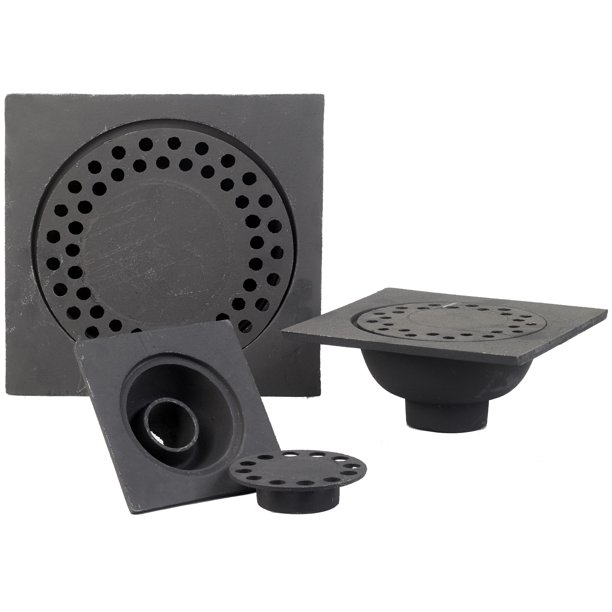
12. Building trap
Also, the sewer gas smell could be unendurable in light of backpressure and trap siphonage. Wellbeing authorities realized that this could represent a genuine wellbeing hazard, particularly in intensely populated, wet, and dry regions.
Consequently, to battle the issues over a house, a structure trap is needed in each building. The structure trap gave an optional line of protection against the vermin and sewer gas. On most occasions, the building trap is a huge diameter across S-trap.
